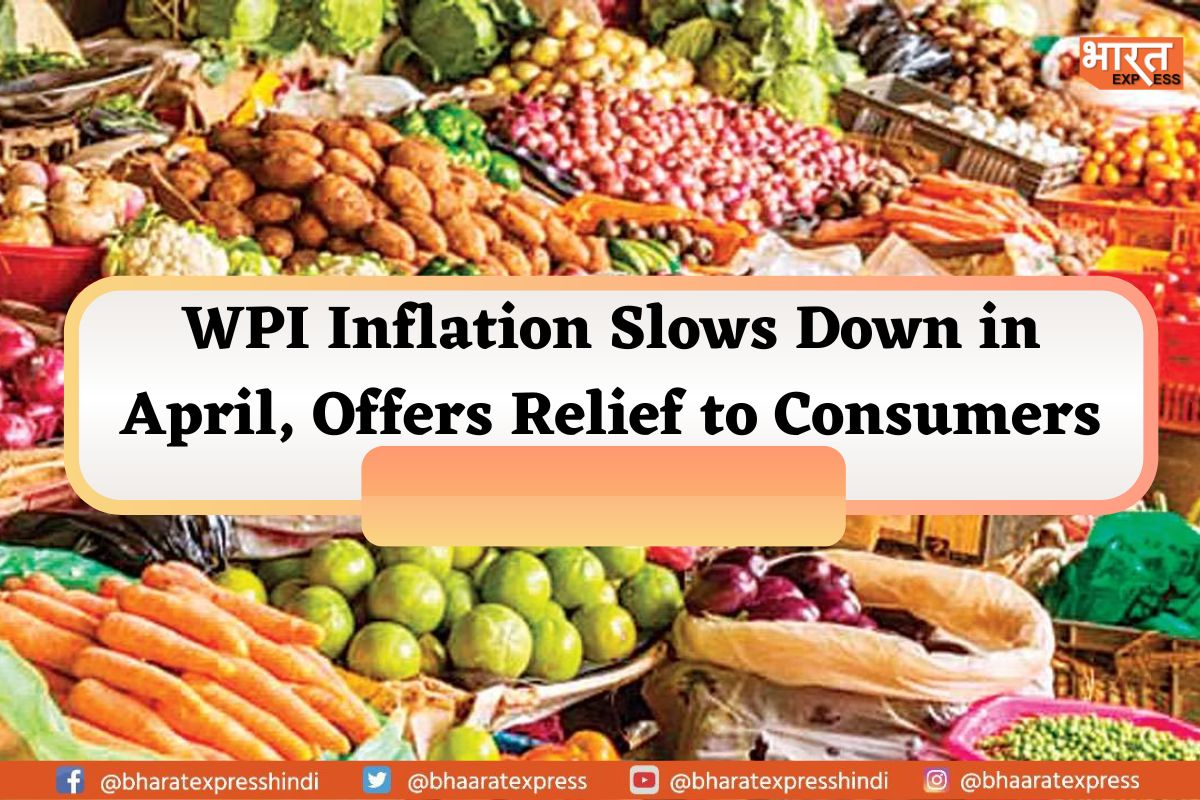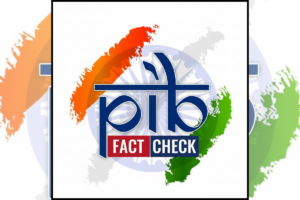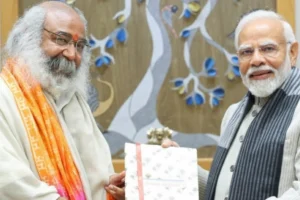
REFERENCE IMAGE
In April, it is anticipated that India’s Wholesale Price Index (WPI) inflation will have decreased below zero, primarily due to the base effect. This marks the first time since July 2020 that the WPI inflation has reached such a low level. The WPI inflation has been decreasing steadily, having dropped to 1.34 per cent in March from 3.85 per cent in February and 4.73 per cent in January.
The Wholesale Price Index (WPI) inflation showed no change in sequence, as the inflation of primary articles at 1.16 per cent was counterbalanced by the decline in fuel & power and manufactured products, which fell by 1.26 per cent and 0.28 per cent, respectively.
Also Read: Optimistic That Growth Will Be Close To Our Projection Of 6.5%: RBI Governor Shaktikanta Das
As a result of the decrease in WPI inflation, there is expected to be a favorable effect on retail prices, as they are likely to decrease. In April, India’s Consumer Price Index (CPI) inflation also decreased significantly, reaching an 18-month low of 4.70 percent.
India’s Wholesale Price Index (WPI) inflation is expected to have decreased to -0.6 percent in April due to base effects and downward pressure on commodity prices. There is a high correlation between India’s WPI and China’s Producer Price Index (PPI), and a deeper contraction in the latter is likely to weigh on the former. While both WPI and Consumer Price Index (CPI) are expected to fall to multi-month or multi-year lows, the elevated services inflation is likely to keep the CPI inflation high. Within WPI, both food and core inflation are expected to decrease, while fuel inflation is likely to drop to low single digits. Standard Chartered Bank’s economist, Kanika Pasricha, predicts that WPI inflation will remain low (negative or low single digits) in the next 6-12 months, assuming there is no significant move in domestic food and global commodity prices.
According to other economists, the WPI inflation is also expected to be negative, with their estimates varying from -0.1 percent to -0.6 percent.
Also Read: Forex Reserves Jump By $7.2 Billion To $595.98 Billion
The significant decrease in April’s WPI inflation can be attributed to the base effect, as there was a 0.5 per cent increase in the gauge compared to March, along with a 0.6 per cent rise in the food index.
The Reserve Bank of India’s Monetary Policy Committee (MPC) considers the Consumer Price Index (CPI) when making monetary policy decisions. A lower CPI reading for April may result in the RBI maintaining interest rates in the June policy review, depending on how the situation develops until then.
In the April policy review, the RBI Governor, Shaktikanta Das, stated that the pause should not be interpreted as a pivot and that the RBI is prepared to take action when required. Nevertheless, most economists believe that the rate hike cycle has concluded.
To read more such news, download Bharat Express news apps





















